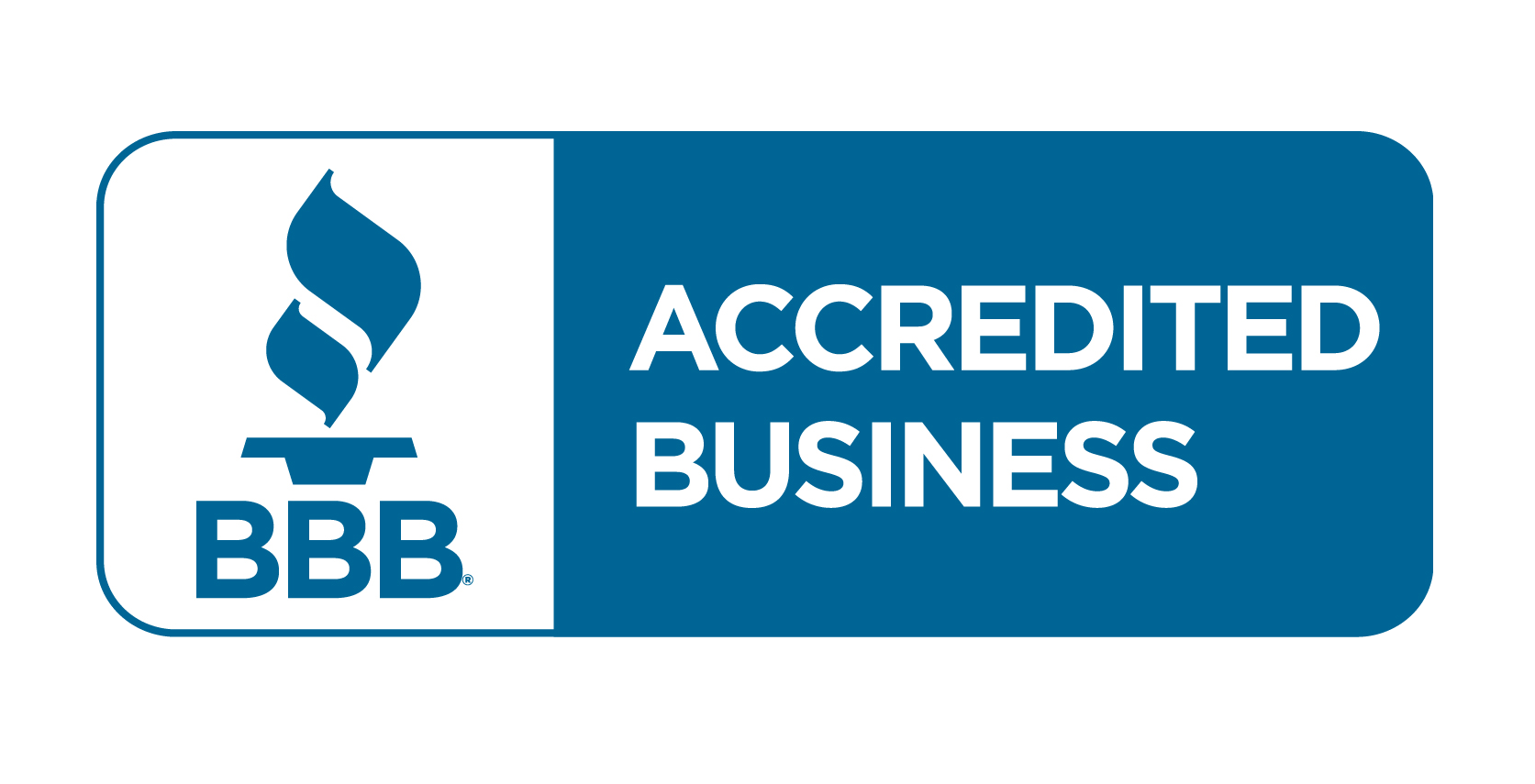As per NADA, the majority of sales in the U.S. happen through dealerships. In fact, in 2024, total franchised light-vehicle dealership sales topped $1.2 trillion. But what happens if you sell your car to a dealership and is there any downside to it? Let’s find out in this guide.
Here’s Exactly What Happens When You Sell Your Used Car to a Dealership:
Here are the critical steps involved in the process of selling your used car to a dealership.
Dealership Will Ask For Documentation
There’s a whole process involved when selling your car to a dealership. For instance, first of all, get these documents ready:
- Obtain maintenance records of your car from the dealer or the mechanic shop to show that your car has been well taken care of
- You need your title, your car’s registration, and a release of liability form for the transfer of ownership
- Bring copies of your photo ID/ driver’s license to verify your identity
You’ll Have to Get Appraisal First
Now the first step is to arrive at the dealership and get your car appraised. We recommend booking your appraisal mid-week, because weekends at dealerships are usually the busiest.
- Prior to showing up, call your dealership’s car manager and inquire about what documents to bring
- In the meantime, do your research and gather information about your car that can make it more valuable. For instance, if you’ve done any modifications to the car or if it’s relatively new. A research on factors affecting second-hand market price shows that if the mileage of the car increases, the price gradually decreases.

The Appraisal Process
This is what a car’s appraisal usually looks like:
- Inspection: A used-car manager will inspect your car for the odometer reading and other defects, if there’s any.
- Test Drive: Your car will be taken for a quick spin to see how the brakes, engine, and transmission work. And this is where it gets detected, if your car makes any strange noises.
- Digital Scan: The manager will use tools like an OBD-II scanner to read error codes and see if there were any major repairs or accidents in the past.
- Research: The dealer will also research your car’s make and model, check its basic specs, and what extra features it comes with. Plus, he will do his own research about your car’s current market rates.
You’ll Get The Initial Cash Offer Price
Now the dealer will offer you an initial cash price, based on the following details:
- The overall condition of your car and its total mileage. Plus, he will also take into consideration the local market rate.
- You should research online and check the typical market rate for your car’s model at the time of selling.
- If it’s a vintage car or a high-demand model, you will probably get a good price for it.
- If you still have an auto loan, make sure the offer covers it.
- Lastly, ask the dealership representative to explain their offer for transparency.
Finalizing the Paperwork and Payment
The last step is basically handing over the keys and getting your payment. It involves:
- Signing the sales agreement, odometer statement, and title transfer document
- The dealership will most likely pay on the spot, once you sign the title transfer
- Take copies of the signed paperwork with you and hand over the car keys to the dealership
If the dealership is online or far away, you might need our car shipping services to safely transport it to the dealer.
Pros & Cons of Selling Your Car to A Dealership:

Pros of Selling Your Car to a Dealership:
Reduced Paperwork Burden
If you sell your car to a dealership, you won’t have to deal with the exhaustive paperwork. They’ll have professionals who will handle all of it, and since they do it on a daily basis they’re less likely to make mistakes. But if you will be responsible for all the paperwork, you might end up making costly mistakes. For instance, signing the title wrong, not filling out the release of liability, or incorrectly filling out forms.
While dealers are also familiar with state laws, they can follow them more efficiently, ensuring your paperwork is in accordance with the DMV/RMV/BMV requirements. And selling to the dealership will also protect you from future liabilities, like you won’t be held responsible for any hidden issues surfaced after the sale.
Additionally, the dealers will make sure all the loans, either for the car or its repairs, are paid.
Guaranteed Sale
When selling your car to a dealership, one thing is for sure: you’re getting your car sold anyway! Even if it’s really old or it’s less maintained, you’ll get an offer. Plus, it saves you from the back-and-forth negotiations, which, according to a CDK study, 85% of buyers avoid.
Trade-In Value
Selling your car to the dealership in exchange for another one will also help you get a good amount for your car (almost closer to its fair market value). If you try to sell the same car to a private buyer, he may try to negotiate the price down.
Payment Methods
When selling your car to the dealership, you can expect an upfront payment (right on the spot, once you’ve signed the title). While it is not common when selling to a private buyer, the chances of delay are higher.
Free car Appraisal
If you go to a dealership to sell your car, they have experts certified by pricing guides like NADA or Black Book, and they can evaluate your car’s value for free. While car evaluations through independent appraisers can cost you around $50-$100.
Protection from Post-Sale Liability
Once sold to the dealership, you’re free to walk away with your money. And you won’t be held responsible for any damage or defect that shows up post-sale. Legally, it’s now the dealership’s headache. While, when selling to a private buyer, you’re answerable if damage shows up later. In fact, you could be legally pursued for the repairs and issues.
Cons of Selling Your Car to a Dealership:
Sale Price Can Be Lower
It’s obvious that the dealership will buy your car at a comparatively lower price than what you could have earned when selling to a private buyer. In fact, the profit margin for dealers is around 12 to 15 percent when they resell your car. But keep in mind that dealerships also have to deal with marketing of your vehicle, overhead payoffs, and reconditioning by the experts.
Less Negotiation
When selling your car to the dealership, there’s only a little room for negotiation. In fact, a dealer can only offer you 3-5% above their initial offer.
Time Constraints
When selling to the dealership, the decision time is usually shorter. You will have to decide within 1 or 2 days, because the dealer has to relist your car as well.
| Pros | Cons |
|---|---|
| Less Paperwork | Lower Offers |
| Sale Promised | Less Room for Negotiation |
| Exchange Value | Time Limitation |
| Upfront Payment | |
| Free Evaluation of Your Car | |
| Post-Sale Liability Protection |
Can I sell my car back to the dealership I bought it from?
Yes, most vehicle dealerships have buyback programs that allow you to sell the car back, usually within the first 1-2 years after purchase. This can be an easy option if you want to get rid of the car.

But….You likely won’t get as much money back as you owe
However, the dealership needs to earn a profit when reselling the car. So buyback prices typically equal around wholesale value - which is often 10-20% less than retail price. You may not make up the difference versus your loan payoff amount.
Learn the dealership’s buyback policy details.
Ask the dealership about time frames, mileage limits, and how they determine price based on condition or other factors. Get policy details in writing.
Consider alternatives if you want a higher sale price
Selling privately or to another dealer may realize a higher sale price to better cover your loan payoff. But this requires more effort on your part to find a buyer.
Check for penalties if selling back for less than the loan payoff
Make sure to inquire about any fees for paying off the auto loan early in a scenario where a dealer buyback amount is less than what you owe.
Only accept a dealer buyback if the ease is worth getting less money versus potentially earning more through other sale options that demand additional work.
Dealership Car Trade-In Vs. Getting Cash - Which One is Better?
With the help of comparison, let’s find out which option is better: trading in your car or getting full cash?

1. Convenience
Trade-In
When it comes to convenience, trade-in is a better option. All it takes is handing over the keys to the dealer and driving off in a new car; that’s it! The dealership will handle the rest.
Cash Sale
If you need cash for your car, that requires a little work on your side. And it may take more than one visit to the dealership. For instance, you’ll have to handle all the paperwork, sign over the title, and even pay off loans (if there are any on your car).
2. Price
Trade-In
Trading in your car for another one is financially a better decision, because many states in the U.S. reduce sales tax on your new car depending on the trade-in value. For instance, in Texas, when you buy a new car while trading in your old one, you don’t pay the full tax. Instead, it goes like this: Trade-in minus the new car price.
Cash Sale
When you’re not buying a new car from the dealer and it’s just a cash sale, you will only get the standard rates for your old car.
3. Taxes
Trade-In
You’re only supposed to pay the difference in taxes when you sell your old car and purchase a new one from the same dealer. For instance, when the new car costs $10,000 and the old one costs $30,000. $20,000 is the difference between the trade-in and the new automobile price.
Cash Sale
If you sell your car for cash only, you don’t have to pay sales tax. In fact, the new buyer will pay the sales tax when they register the car in their name. However, the only time you may have to pay the tax is if you make more profit on the car than what you’ve originally bought (which is rare).
4. Negotiating Power
Trade-In
Trading in will give you less space for negotiations, because the dealer decides the value of your old car and adds it to your new one. So you cannot even haggle your new car’s price; it’s all in the hands of the dealer.
Cash Sale
If you only sell your car for money, you can negotiate the price of your new car at another dealership without the trade-in effect. Plus, it’s now in your hands and you’re not obligated to use that money to only buy a new car.
5. Timing
Trade-In
There’s a time constraint when trading in, because you need to sell and buy a new car at the same time in a single visit. That means, you only have the option to choose from the available cars when getting a new one.
Cash Sale
Selling for cash gives you more flexibility with time. For instance, you can take your time in choosing a new vehicle and getting the best price. This will also help you avoid making a rash decision.
Additional Considerations
- Warranty: If your car still has the manufacturer’s warranty, trade-in is a good option. Selling it privately will cancel the warranty for a new owner.
- Offers: You can get extra perks or discounts if you sell your Certified Pre-Owned car to the original automaker. And that’s because they usually need more cars for their CPO inventory. This is better than the regular trade-in.
- Condition: If your old motor has some major issues, a trade-in is more beneficial. Selling it privately or for cash only will get you the lower price.
- Hassle: Trading in is usually less of a hassle than selling for cash.
- Brand Loyalty: By trading into the same brand, you get loyalty rewards. While selling privately for cash is just a one-time sale.
So based on these comparisons, it totally depends on your unique requirements, whether you’d like to trade in your old car or sell it for full cash.
| Trade-In | Selling for Cash |
|---|---|
| Comparatively easy | Requires more work on your side |
| Financially smart decision | Somewhat the same rates as the trade-in |
| Tax on the difference only | No tax when selling for cash |
| Less room for negotiating over the new car price | You have more control over getting the best new car deal |
| Gives you less time to select a new car | You can take time to find a better price and a vehicle |
3 Alternatives to Selling Used Cars Via Dealership

1 - Sell Privately
One approach is marketing your pre-owned car through online classified ads on websites like Facebook Marketplace, Craigslist, etc.
This opens the door to a wider audience than just auto dealers, negotiates the selling cost straight with potential buyers and keeps the full amount from the sale rather than giving a percentage to a dealership.
However, it requires more effort on your part to show the car, field calls and messages about it, arrange viewings, and handle the transaction paperwork.
Also check our list of top websites to sell your car online for more options.
2 - Use Car Trading/Consigning Services
Some prominent online companies will purchase your used car directly. They photograph your vehicle, list it on their websites, show it to interested parties, complete all documentation, and provide you with payment.
Often, these services offer competitive rates close to what you may achieve through a private sale. The downside is that you likely won’t get the absolute maximum price, but it involves less hassle than dealing with buyers.
| Company | Services Provided |
|---|---|
| Carvana | Online car purchase and delivery nationwide |
| Vroom | Online purchase and delivery similar to Carvana |
| CarMax | Physical dealership locations that buy cars across the US |
3 - Auctions
A third path is selling your pre-owned automobile through a car auction. Websites like eBay Motors allow you to auction cars online, reaching a vast pool of potential buyers.
Traditional in-person auctions at places that specifically deal in used motor cars are another selection.
You’ll need to consider any auction fees involved. Since bidding can be volatile, your final sale price is less predictable than a set amount from a dealer or private party purchaser.
Best Practices & Tips for Selling a Car to a Dealership
Though the profit margin is low when selling your car to a dealership, you can still try. Here are some tips you can use to get the best value for your automobile.

1. Research Comparable Used Car Prices
Do your research beforehand to learn the current market value of your car, before showing up at the dealership:
- Check vehicle listing sites like Car Gurus or Autotrader for the current deals available on your vehicle
- Research the current sales for a similar make and model in your area
- Observe what is the average listing price in the market
2. Counter the Initial Offer
When you’re fully aware of the current market rates as per your car’s condition, then only you can get a good price for your vehicle:
- Before committing to one, get multiple offers from the local dealerships in your area
- Bear in mind you can always email/ call back to negotiate a higher price
- A dealership can only pay you around 3-5% more than the initial offer
3. Provide Clean Title and Service Records
Complete and clean documents are also a surety for a good price, such as:
- Make sure your car’s title is clean with no liens
- Keep all the previous records to show your car has been well taken care of
4. Be Flexible on Payment Method
If you own a car that’s high in value, consider a trade-in along with half cash for a good profit. Also, this allows dealerships to earn a good profit on your traded-in car.
5. Know When to Walk Away
If you don’t find the dealership’s offer tempting, you can always walk away. There’s a good chance you will get a new proposal from another salesman or an independent buyer.
Frequently Asked Questions:
Does selling a financed car hurt your credit?
It depends. When a car is sold with an overdue loan, the dealership utilizes the sale money to settle the debt. And your credit won’t suffer if you pay it off in full. However, if the loan isn’t paid off in full, it can be reported as an unpaid loan and your credit may go negative.
When you trade in a car, can you get cash back?
The dealership may utilize your trade-in car to reduce the price of your new car and give you any money left over if its value exceeds the amount you still owe on its loan. However, large monetary returns are uncommon unless you have a lot of equity in your car. But you can always try negotiating.
Who pays top dollar for used cars?
Several options exist for who pays the highest prices for used cars. National wholesale vehicle auctions generally offer good prices, as dealers can buy there to resell on their lots. Franchised car dealerships also aim to pay competitively to maintain inventory for resale. Independent dealers wSome independent used car dealers focus on buying directly from consumers and may compete more aggressively on price.
Researching recent sale prices for similar makes and models can help sellers gauge the market value and target the outlet most likely to offer top dollar. Big-name dealerships also have access to resources for thorough car inspections and valuation reports.
Can you sell your car to a dealership if you still owe it?
Selling a car to a dealership is possible even if you still have a loan balance. The dealership must verify the payoff amount with your lender and include that in the purchase price. At the time of sale, the proceeds would go directly towards paying off the loan in full.
This process ensures the car title can be properly transferred free and clear of any liens once the loan is paid off. Both the seller and the dealership must coordinate with the lender. As long as the loan balance is satisfied using the sale funds, the lender has no issue with the private sale transaction.
Will the dealership buy my car without a trade?
Yes, most major franchised dealerships are willing to purchase used cars directly from consumers, even without a corresponding new car purchase or trade-in. As wholesale auto auctions are a primary source of dealership pre-owned inventory, they also aim to buy competitively from private sellers.
The sale process and paperwork are very similar, whether just selling or selling as a trade-in. However, without any bundle savings applied to a new car sale, the price will likely not be as high compared to selling on the private market or smaller used car lots focused primarily on outside buys.
How do you sell a car to a dealership when it is still being financed?
If the car is still being financed, you need to pay off the loan in full before transferring the title to the new owner, which will be the dealer in this case. Here are the typical steps to do that:
- Contact your lender to find out the current payoff amount
- Inform your dealer about the finance status of your vehicle and provide them with the lender details
- Negotiate a purchase price with the dealership that covers the payoff amount and any remaining equity
- When selling, the dealer will directly pay the loan and get the title
The process is simple and quick if both parties (seller and buyer) coordinate.
What paperwork do I need to sell my car to a dealer?
The minimum paperwork the dealership will require includes the following:
| Document | Purpose |
|---|---|
| Driver’s license or state ID | To verify the seller’s identity and address |
| car title | To transfer ownership upon completion of the sale |
| Lien release documents (if applicable) | To demonstrate any loans have been satisfied |
| Bill of sale | To acknowledge sale terms and document transfer |
| Odometer disclosure statement | Share the vehicle’s current mileage reading when selling |
Maintaining the car’s service/repair record, owner’s manual and other documents that are relevant to the vehicle’s condition and history is super important for getting a better price.
Can you sell a car to a dealership for cash?
Yes, you can. Cash sales allow the transaction to be finalized quickly on the spot, avoiding any loan approval or financing steps. They offer convenience for private individuals selling a used personal car. Cash payment is an easy transaction for both parties as long as the dealer’s offered price is agreeable.





